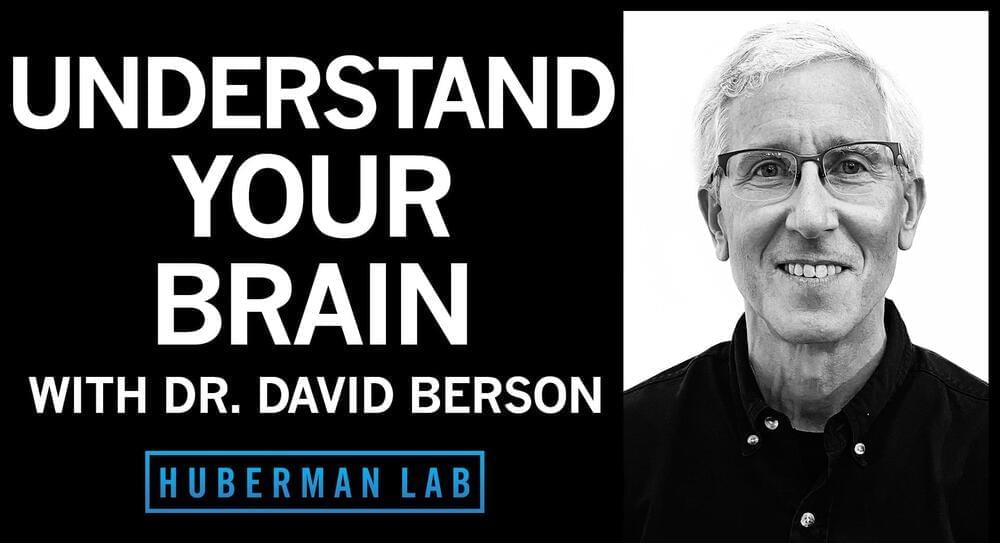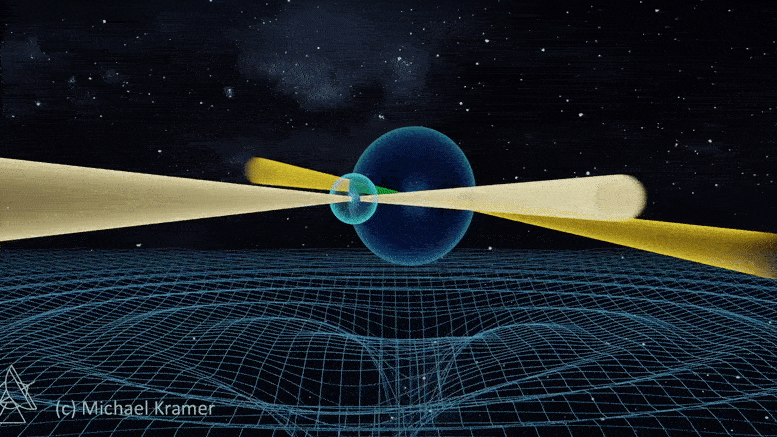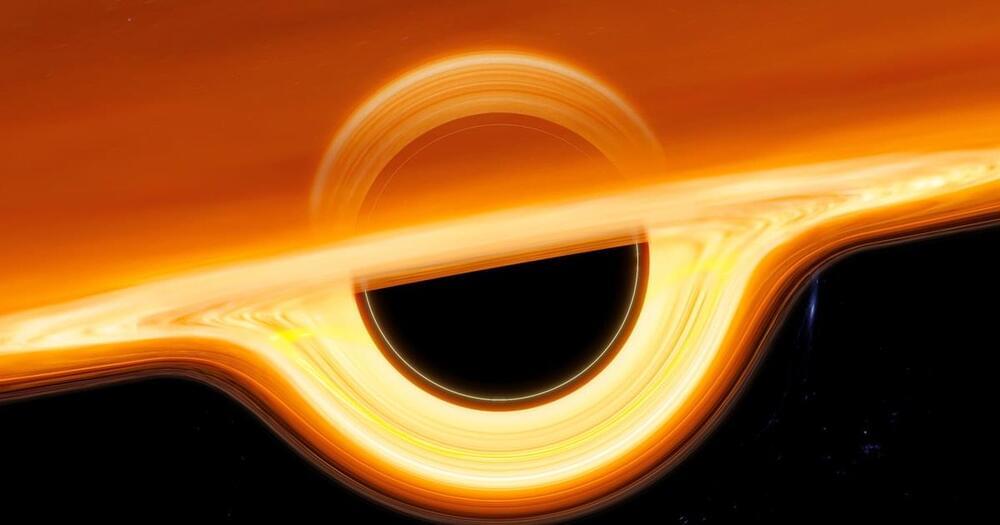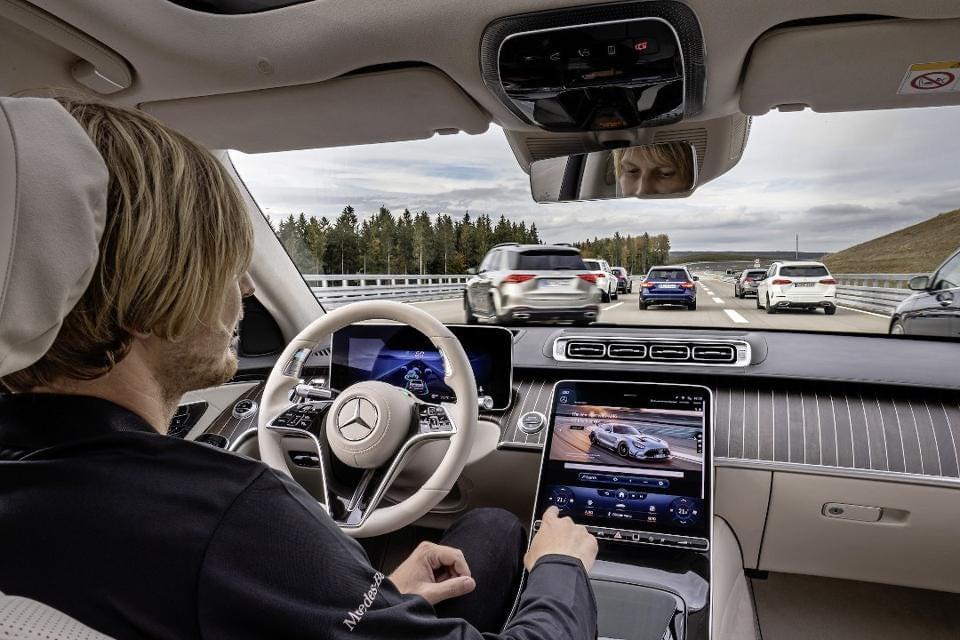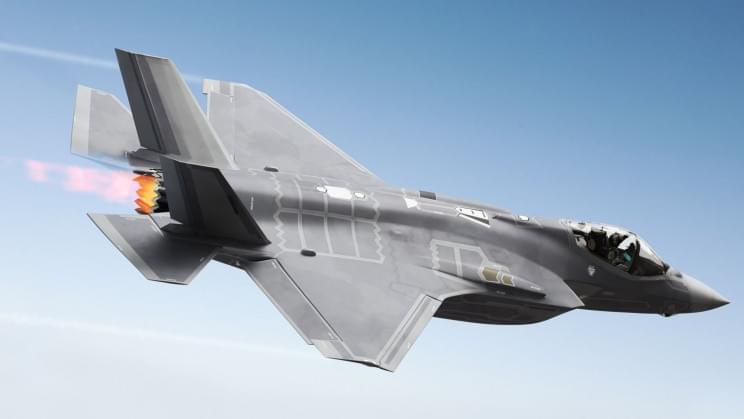Listen: YouTube | Apple Podcasts | Spotify
In this episode, Dr. Huberman is joined by Dr. David Berson, Professor and Chairman of Neuroscience at Brown University. Dr. Berson discovered the neurons in your eye that set your biological rhythms for sleep, wakefulness, mood and appetite. He is also a world-renowned teacher of basic and advanced neuroscience, having taught thousands of university lectures on this topic. Many of his students have become world-leading neuroscientists and teachers themselves.
Here Dr. Berson takes us on a structured journey into and around the nervous system, explaining: how we perceive the world and our internal landscape, how we balance, see, and remember. Also, how we learn and perform reflexive and deliberate actions, how we visualize and imagine in our mind, and how the various circuits of the brain coordinate all these incredible feats.
